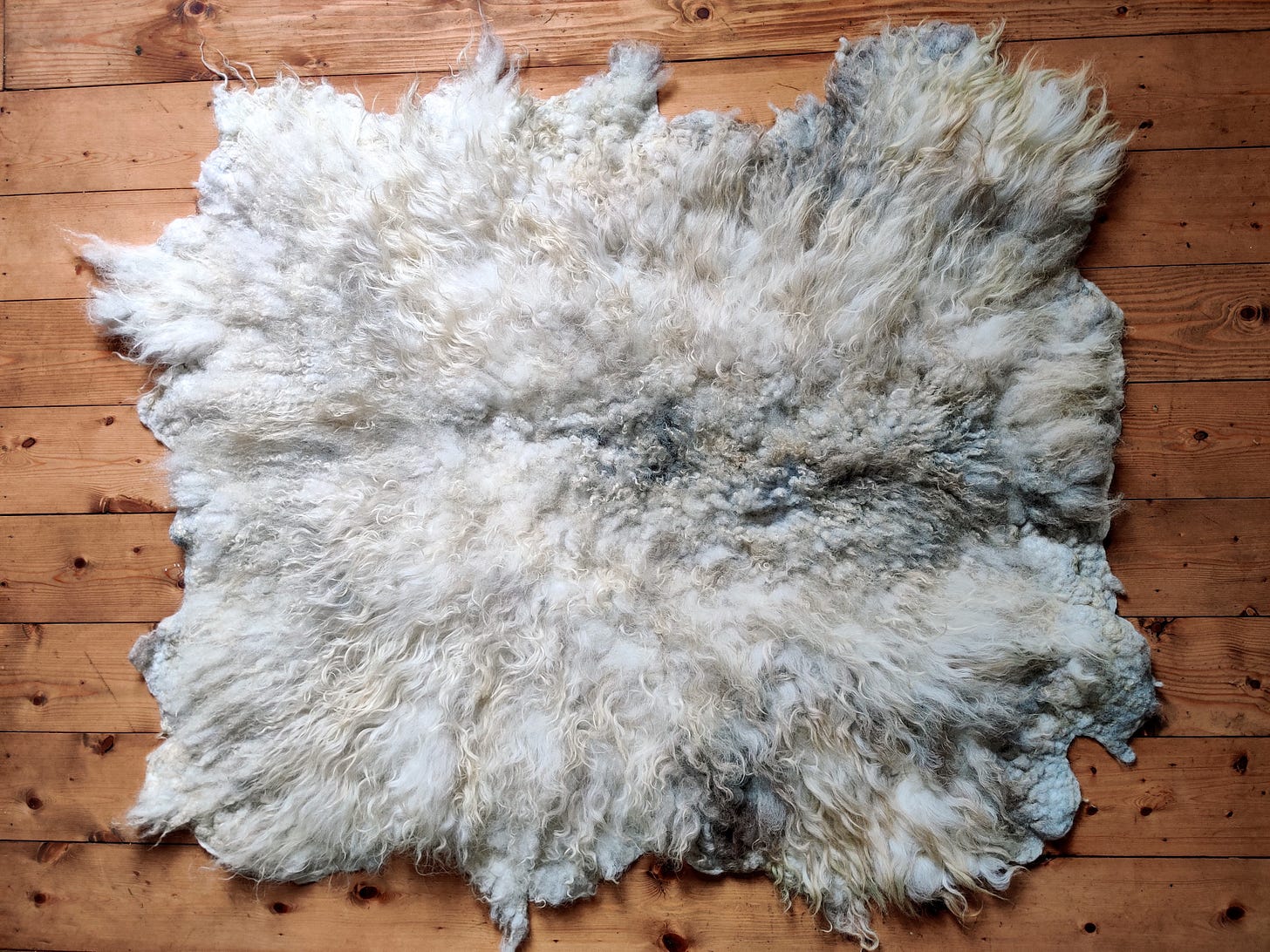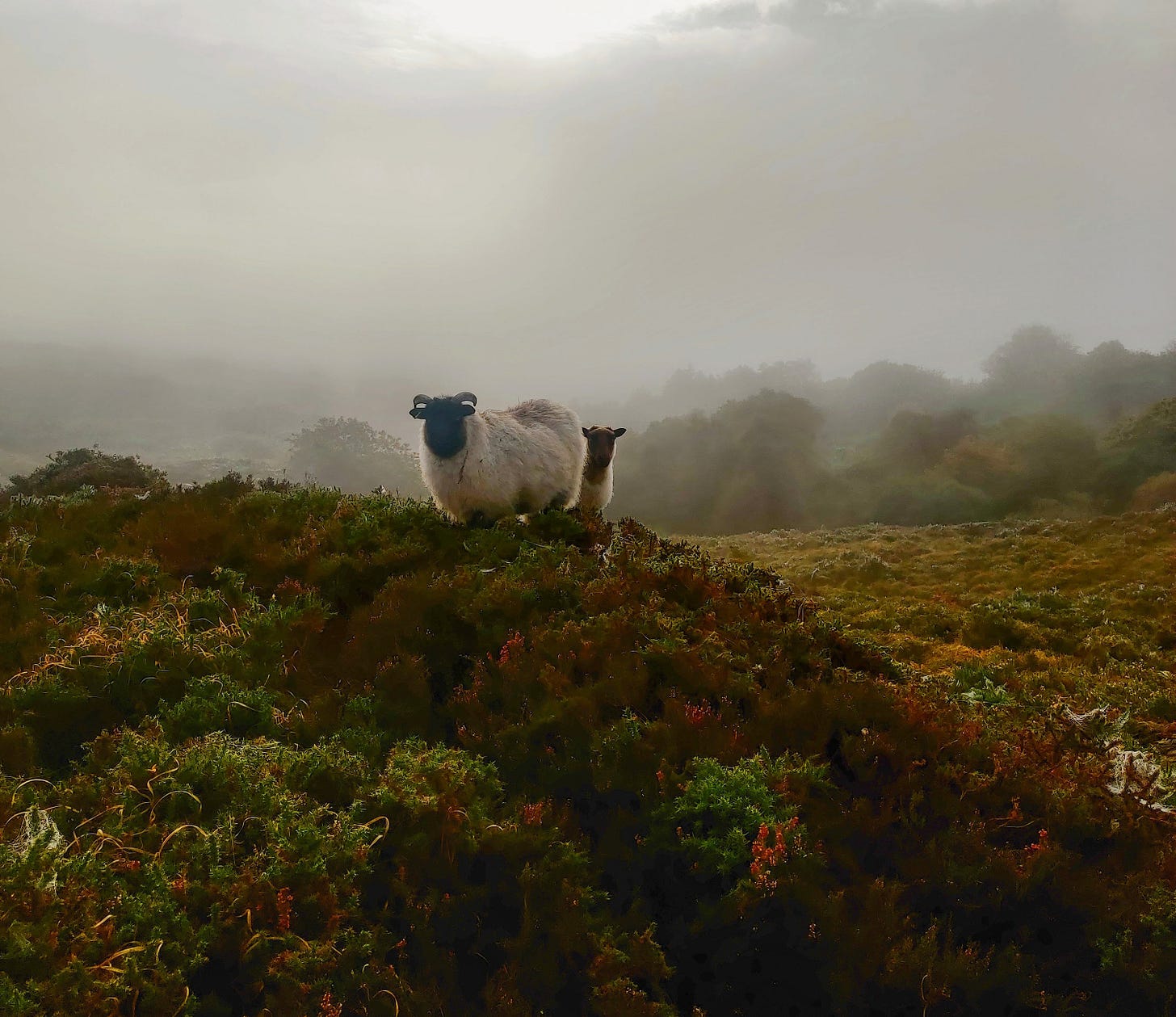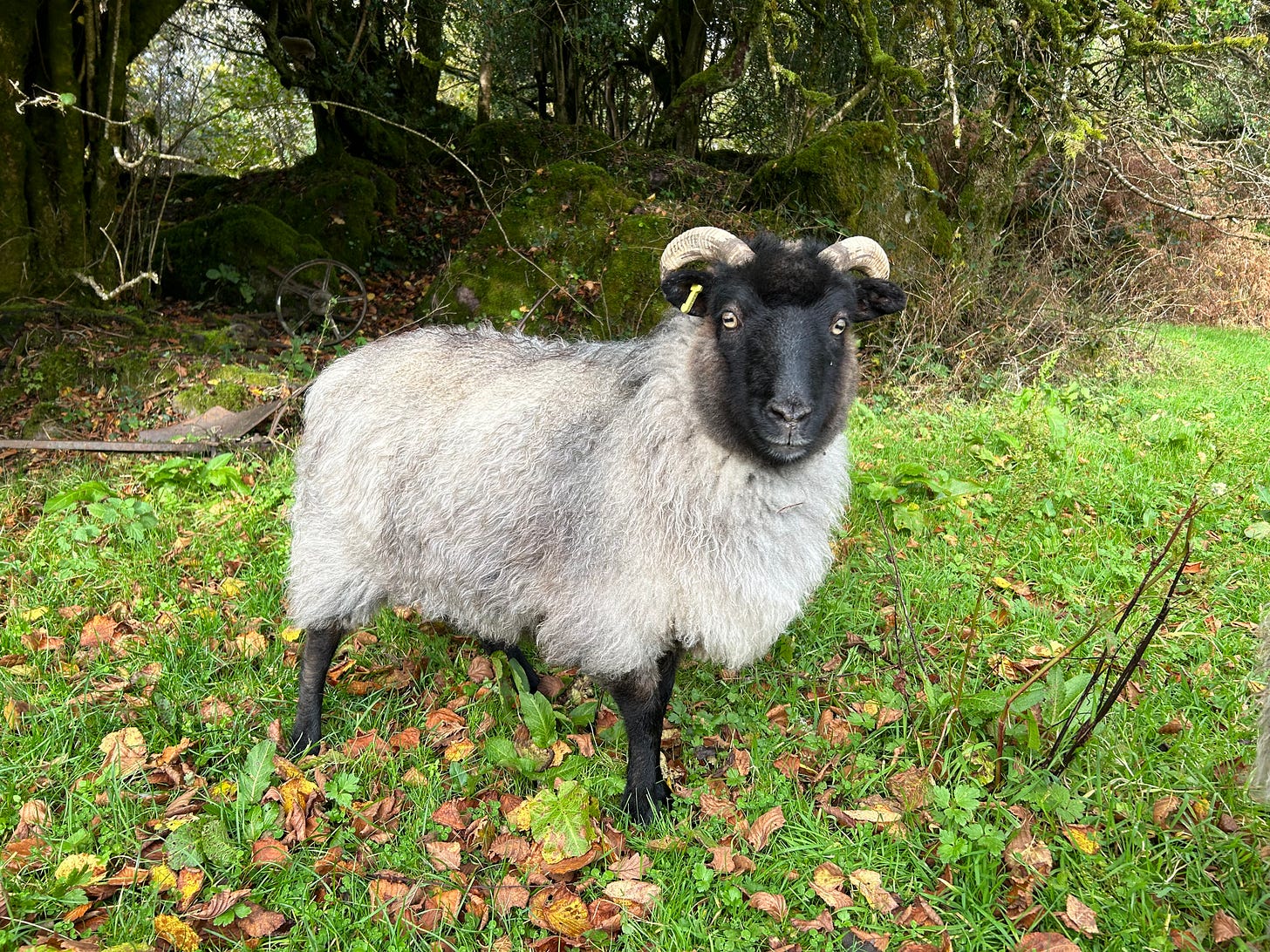According to my self-imposed posting schedule which consists of a scribbled down list of ideas and half-written stories that’s meant to keep me focused and motivated, I’m supposed to be writing about misleading marketing and the unbearable woman who came to our farm recently. Or, if that story didn’t speak to me this week, the conundrum of compromise, the impossible blending of business and ethics when farming and food production are tied up with financial livelihoods. But, I just can’t. Those stories will come, but not today.
We are now on Summer Time. Spring has come early. Days are long and full. The dawn chorus in this little wooded dip in the hills is a cacophony: a thousand voices pitched to the skies all trying to out-sing each other at once; a thousand little feathered souls each heralding Spring to their own tune. Kidding is over. What a relief! I’m coming around now, coming down out of the caffeine and adrenaline high that kept me going through the weeks of sleeplessness and stress, re-establishing a sustainable summer routine of milking and pasturing and raising kids, remembering that I still have a life outside the goat house, a whole farm and a home and a husband and a flock of sheep all calling for my attention. It’s the sheep that call the loudest, that pull on my heart this week.
We butchered Aelfwin this week. Aelfwin. She was one of my favourites. One of our original Shetland ewes, the little flock of Shetland lambs we travelled the country for when we replaced our lowland, dairy ewes with hardy breeds for the hill, and brought home in a rickety, rusty, borrowed trailer with mesh sides and an open top. Those brave little lambs took it all in, hefted onto the wild, heathered hill and grew into our best and most precious ewes. They’ve all given us ewe lambs and grown our little hill flock from the best of Ireland’s Shetland sheep genetics. Except Aelfwin. When she came to us as a sweet little lamb, Aelfwin had dinky little pointed horns, unusual in a Shetland ewe, they’re supposed to be polled, but ewes with little horn scurs occasionally occur so we thought nothing of it, only that they gave her a cute, elven expression with her hazel eyes, her little mischievous smile and her fluffy black head of wool. Aelfwin, little elf sheep.
I chose her for her fleece. She among a flock of white, a little puffball, grey and soft as a summer rain cloud. She gave such a beautiful, fluffy, puffy, full fleece every summer that I clipped from her little warm body sat between my knees with those sharp little horns digging into my thighs, and felted into beautiful sheep rugs. My favourite felted rug, the one I gifted to myself because I just couldn’t bear to sell it, was Aelfwin’s. I’m so glad I kept it. Beautiful Aelfwin.
Aelfwin never had a lamb. We put her to the ram her first year but she didn’t catch. Sometimes they don’t. That’s okay, they get a year off and grow a good fleece, all the winter’s feeding and spring grass put into growing luscious wool instead of lambs. Same thing the second year, we put Aelfwin to the ram but she didn’t catch. She never even came into heat, never got marked by the ram. By the third year we knew she would never conceive. Aelfwin looked different to her sisters as they grew into fine young ewes. Her dinky little pointed horns became quite substantial half horns. Her fleece grew coarser, still beautiful, like a big, puffy cloud, but also with a thick, coarse mane and dorsal line, like a ram. She began to appear more rammish in her physicality as she matured, wider in the shoulders than the hips, shorter bodied, stockier than the other ewes. It had slowly become apparent that Aelfwin was a freemartin.1
It happens often in cattle, I am told, but rarely in sheep, whereby blood is shared by a male and a female twin in utero via joined placentas, and hormones from the developing male interfere with, and masculinise, the developing female, rendering her completely sterile. (The male twin will still develop normally but might have slightly lowered fertility). I never asked their breeder but I had always suspected Aelfwin was our remarkably gentle (but fully fertile) ram Floki’s little twin sister.
We kept Aelfwin anyway, even when it was clear she would never produce a lamb. The fleece she gave every summer, year on year, far better than any of the breeding ewes gave, made up for it. She was my wool sheep. She was Aelfwin. We kept her anyway, even though we always said we don’t have room for wool pets. Our land, pastures, time and resources are limited, and so to make most frugal use of it all we have always maintained that our animals must have dual purpose. We choose heritage breeds of poultry to produce eggs and meat, goats that will give kids for meat and be milked. In the sheep, it’s meat and wool, and each ewe must give both lambs for our plates and good wool that I can work with. But, wool is secondary. Ultimately, most importantly, our farm and flock must feed us. But we kept Aelfwin anyway. Until now. Until the flock grew too big for the land, too big for our time and resources, and hard decisions had to be made to keep the land and the rest of the flock and farm thriving. To keep us thriving. Remembering, always, that this farm and flock must feed us.
Aelfwin was five this spring. She had a good run. She got to live much longer than she would have as a sterile ewe in any commercial flock, my husband consoles me. But I think the quality of a life is not measured in years, but in moments. In the day-to-day moments of aliveness, of foraging through sweet heather humming with bumblebees, bouncing over the rocks with the flock, soaking up sunbeams and ruminating on the wilds of the hillside, doing her sheep thing. It’s all those glorious little moments that add up to a life well lived, as a sheep should live. Aelfwin lived too many moments of sweet, precious life to count.
And now, finally, she will feed us. Aelfwin is gone, and what’s left behind are all those moments of aliveness, of sunshine and spring grass and heather and rain, condensed into dense, dark meat, strong bones and thick fat rich with the flavour of a life well lived, as a sheep should live. To take that vibrant life into our bodies as deep, rich nourishment—thank you, Aelfwin—that is what we farm for. To have known the life that feeds us, to have known her hazel eyes, her sweet scratchy spots, her ferocious intolerance for the dog and her fondness for holly bark, to have known her life was full with glorious moments of living as a sheep should live, under the same, open sky, part of the land we live on. To have known every sunbeam and drop of rain that made her. That is the beauty that balances the pain, the reward at the end of our long days of labour. But we have to be here for it all.
The last fleece Aelfwin will ever grow, her beautiful, soft, grey, summer rain cloud of a pelt, I will tan with the bark of the willows that grow here. The vibrant life of sweet little Aelfwin preserved in her soft, fluffy, grey pelt with the alchemy of spring sap that rises from the land.
I went back down to check on the flock, reduced to their core for this summer on the hill, after we had taken Aelfwin and the last few other, bigger, horned cull ewes away. The sheep were spread out across the pasture, grazing. The reduction in number was visible, palpable, flock and field felt spacious, calm, but none of the sheep seemed to notice or care that any of their flock mates were missing. They never do. At the feed troughs later, everyone got a space, nobody got bashed out of the way by a bigger, stronger ewe with a set of horns, nobody had to be given their own bucket to make sure they all got fed fairly. The smallest, timidest ewes seemed to fill out to fill the spaces left by the bigger ewes, and the space left by Aelfwin. The grass already looked greener. Sometimes the hardest thing to do is the right thing to do.








Aelfwin was beautiful, and as someone who aspires to have four-footed livestock but wonders how I'll handle the harsher realities of management, I found this post really helpful and moving.
What a beautiful fleece. I'm glad Aelfwin had a good run and your remaining sheep have spacious pastures to graze.